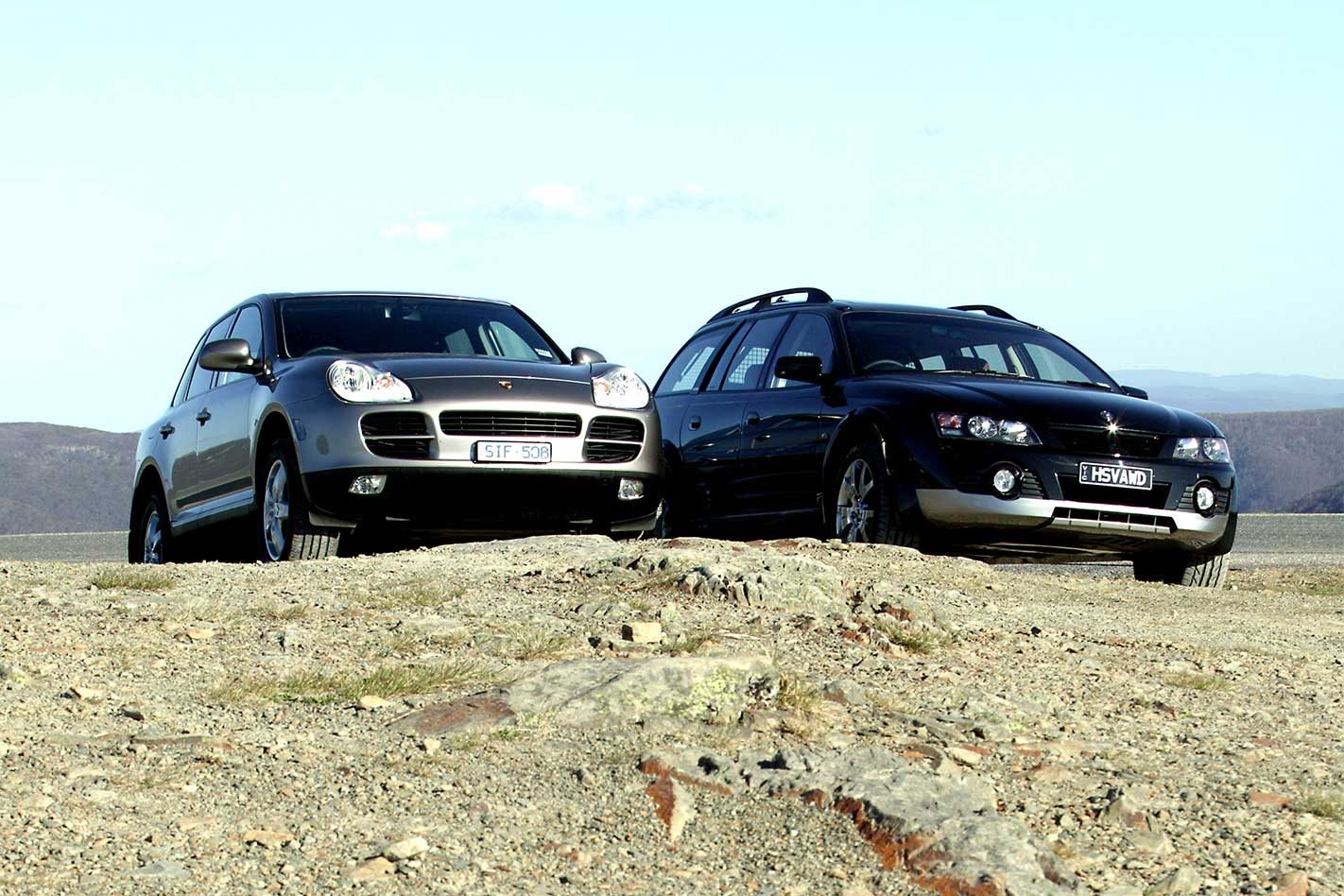Jim Carrey, Jerry Springer and Republican Party members aside, I don’t really have a problem with the Yanks. I dig a ’57 Chev or a Shelby Mustang as much as the next bloke. I’d be happy to ride a Harley Davidson down Highway 1 or Route 66, and The Simpsons is my favourite documentary on telly.
This feature was originally published in MOTOR’s January 2004 issue
But there’ll be a blizzard blowing down the main street of Hades before I start talking like they do. I don’t eat fries; I eat chips. A fender is a brand of guitar and a trailer is something you cart rocks in, not sleep in. I never use the sidewalk, I refuse to throw my rubbish in a trash can, and I can’t bring myself to call a soft-roader an SUV.

Okay, so the ‘vehicle’ bit speaks for itself, but to an Aussie boy like me, calling something ‘utility’ indicates an ability to haul a metric yard of topsoil. Ditto ‘sport’, which tends to indicate a better than average dynamic package – the sort of thing that escapes most soft-roaders almost entirely.
In fact, it’s the ‘sport’ bit that I have the biggest problem with, mainly because a vehicle designed for even light off-road work is going to have an awful time cutting it on the black stuff. Unless, of course, you start with a manufacturer that understands bitumen-smarts better than most in the first place. Or develop a soft-roader that’s based on a road car rather than a light truck.
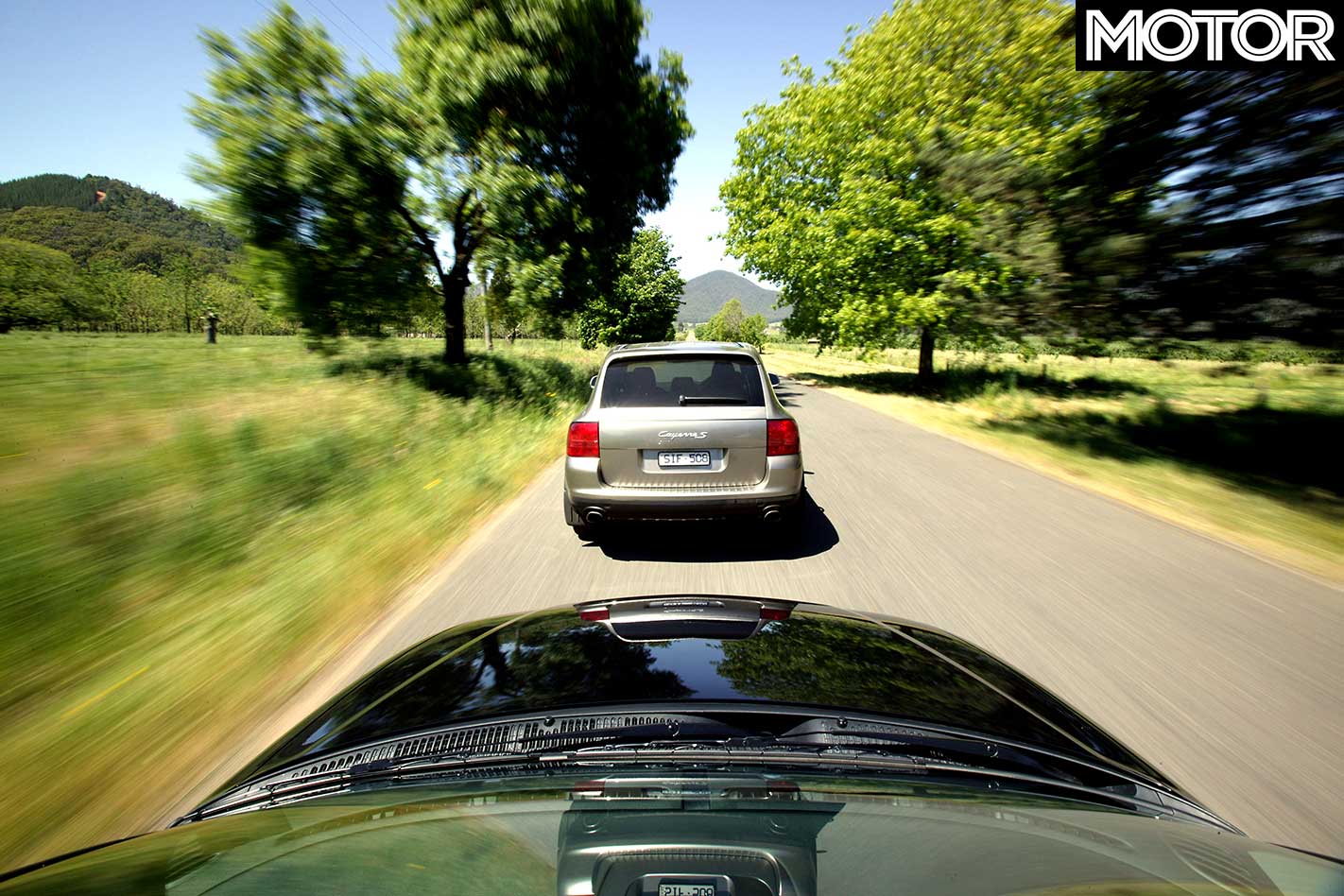
And that’s pretty much what’s going on here. In one corner you’ve got the Porsche Cayenne S – it’s the non-turbo base model, but it’s still built by the same folks who invented the 911 and the Boxster. And in the other, the HSV Avalanche – a genuinely tweaked version of Holden’s Commodore-based Adventra.
If this pair seem like odd bedfellows, well, you’d be right, especially considering the price disparity of something like $55,000 in the Aussie’s favour. In fact, it’s probably easier to list their similarities rather than their differences, so here goes.
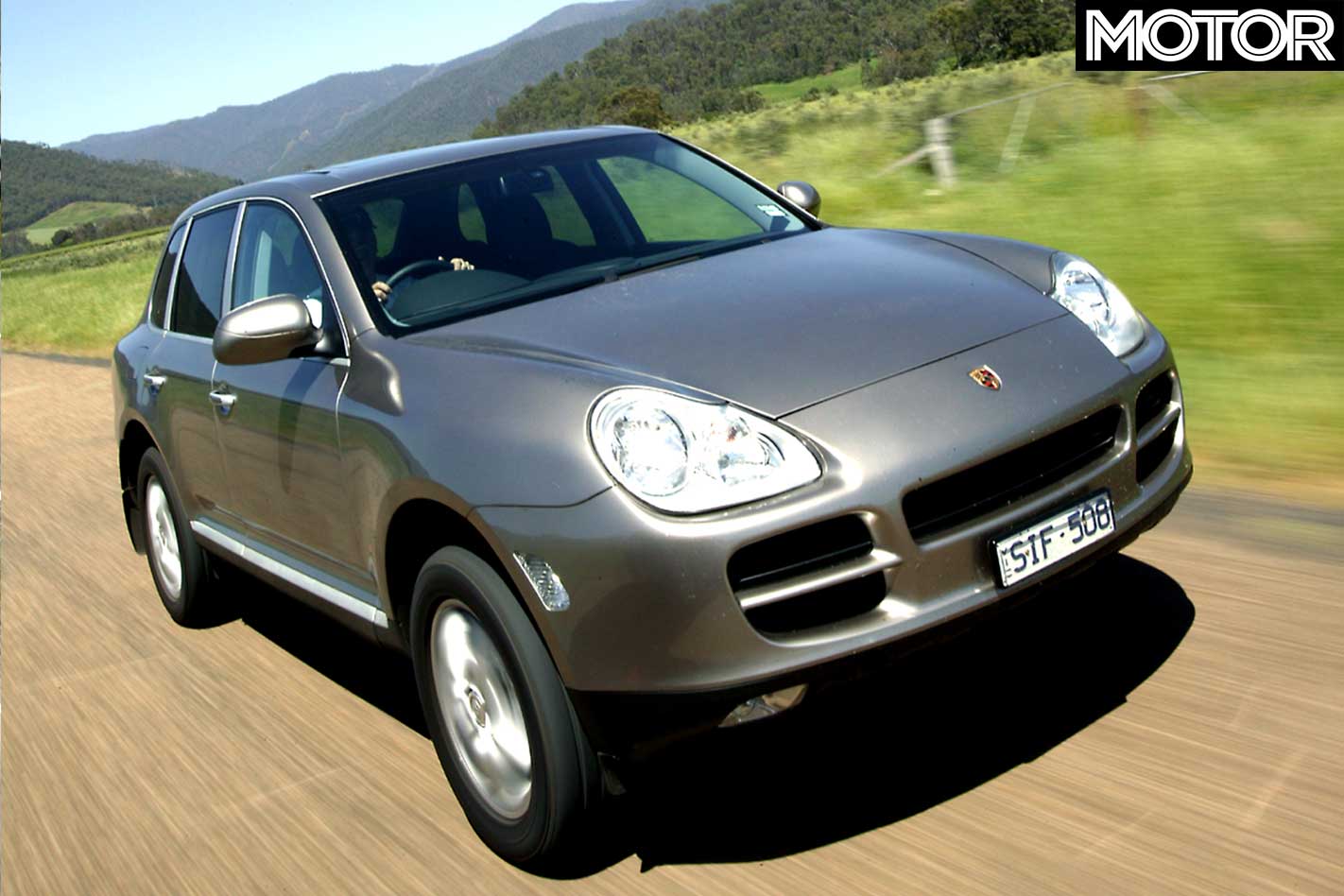
For a start, they both run V8s – the Porsche a 4.5-litre DOHC techno-haus, the HSV the good old 5.7-litre pushrod Gen III. They both have big station wagon bodies, they seat five and they have badges that confer more than a little performance cachet.
Most of all they’re designed to be at least capable of a little light off-road stuff, even if the average owner will never venture beyond the gravel car park of the local garden centre. And for the other 99 percent of the time they aim to please the enthusiast driver who understands that a crossover vehicle doesn’t necessarily have to possess any boat genes.
That the Porsche was designed as a soft-roader from the sills up and the HSV is a Commodore wagon on ’roids is obvious just by looking. While the Judge Dredd body kit may not be to everyone’s liking, the HSV nevertheless runs to pretty conventional dimensions, despite the jacked-up ride height and the Tonka wheels.
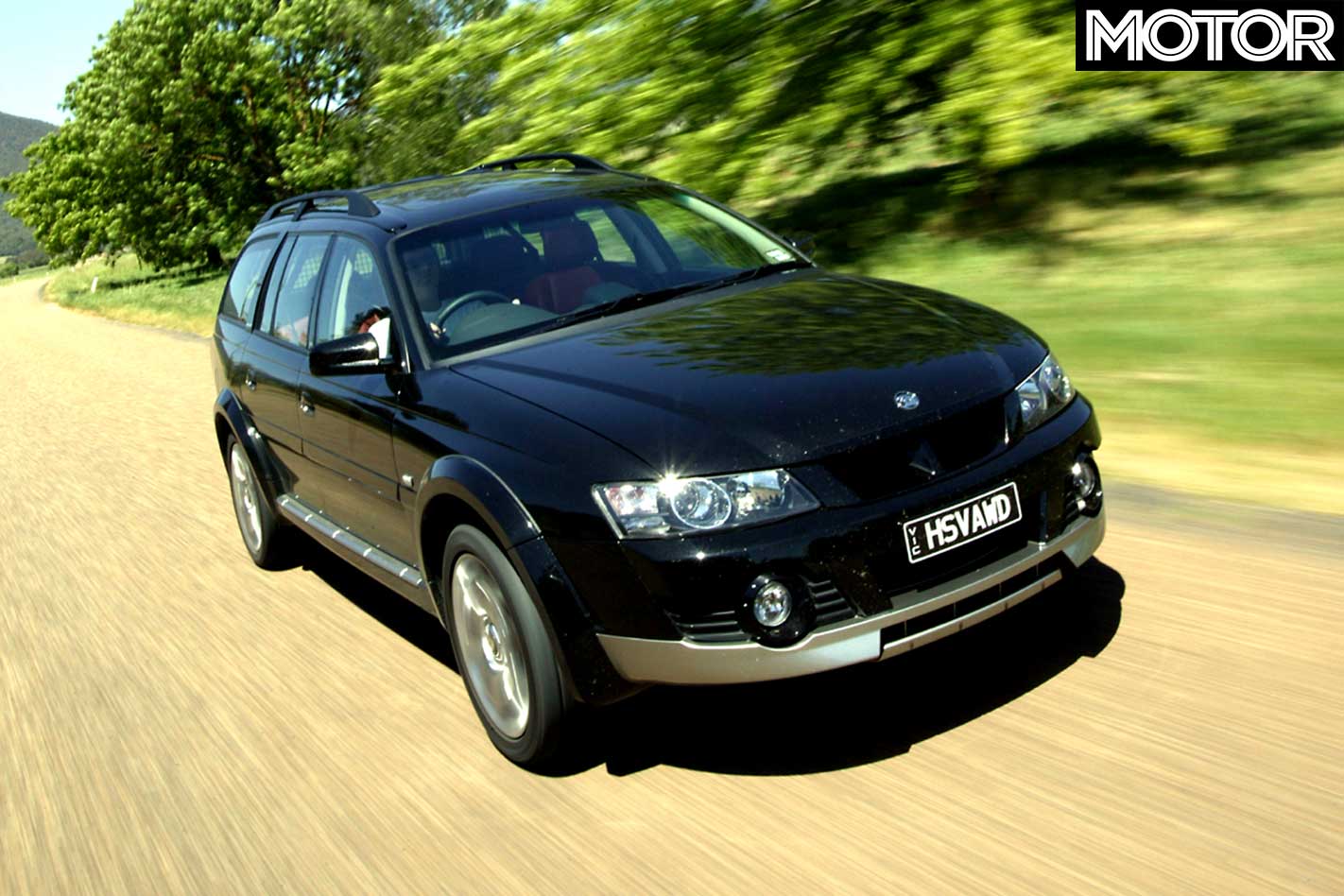
The Cayenne, meanwhile, is just friggin’ huge. The overall proportions are neither hatch nor wagon, and the rounded, soft styling suggests over-inflation. Park it next to a ‘normal’ vehicle and the Cayenne will shade it (literally) in every direction.
Jump inside and the story is repeated. The dashboard seems to be metres away, there’s heaps of shoulder and elbow room and you need to stretch quite a way to thump the front-seat passenger. Slapping the kids in the back seat? No way.
By comparison, the Avalanche is much cosier. Maybe it’s the darker ambience and the red leather, but probably it’s just that the Porsche is a good hand span bigger in every direction.
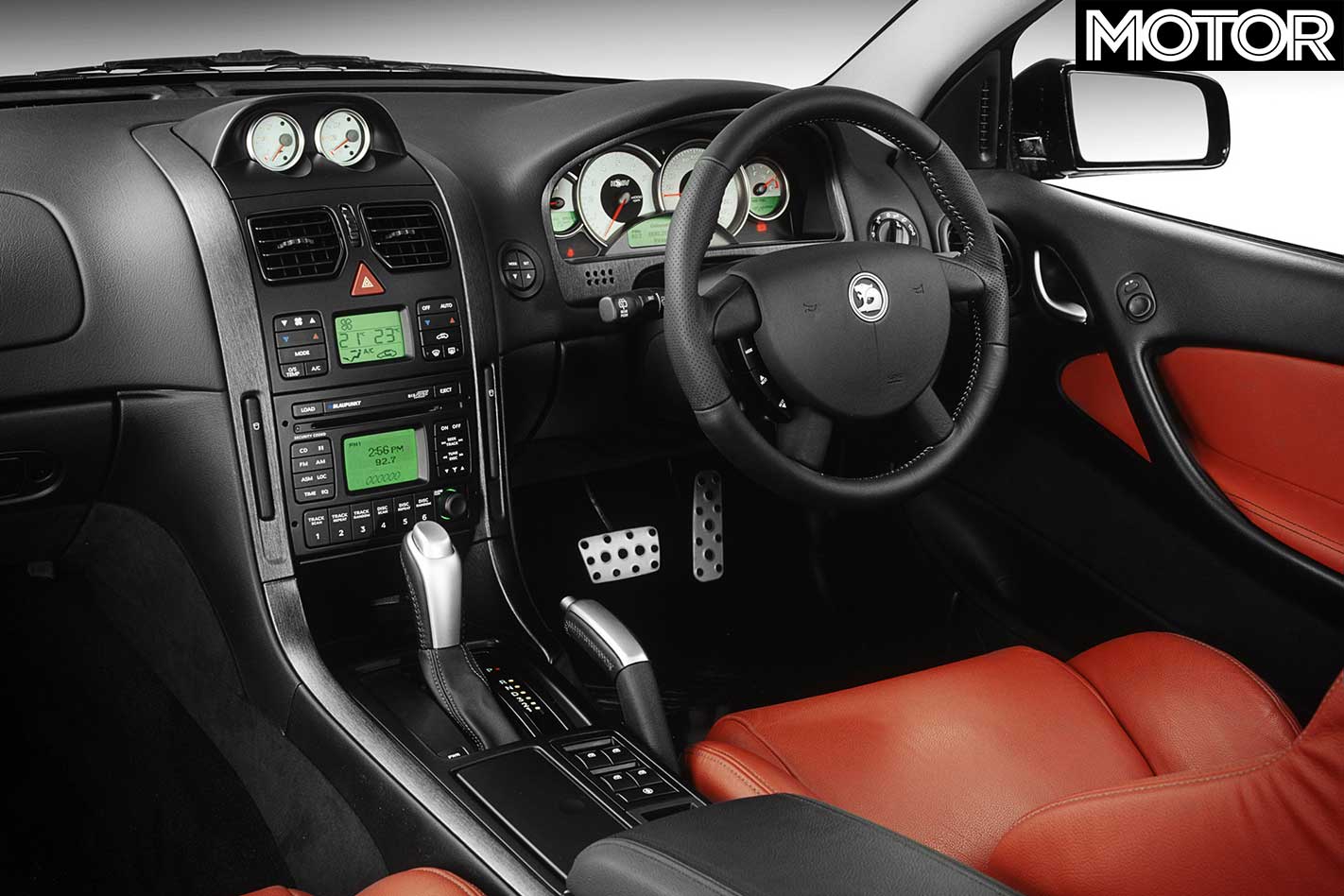
It’s no real surprise to find that the Cayenne’s 4.5-litre V8 is a high-stepping mutha. After all, that’s what Porsche does. Even so, it’s a bit hard to believe it makes 250kW, or at least it is until you get it humming up near the redline, where it suddenly starts to feel convincing. It’s damned smooth, though, and refined no matter what the tacho is saying, and it makes a pretty good noise into the bargain.
That’s perhaps the major contrast with the HSV’s mill, which is also a bit top-endy for our liking but just doesn’t have the soundtrack to go with the squirt. But it is a little perkier in the mid-range, and it’s only when you rev it beyond about 4500rpm that it tends to sound and feel a bit cranky.
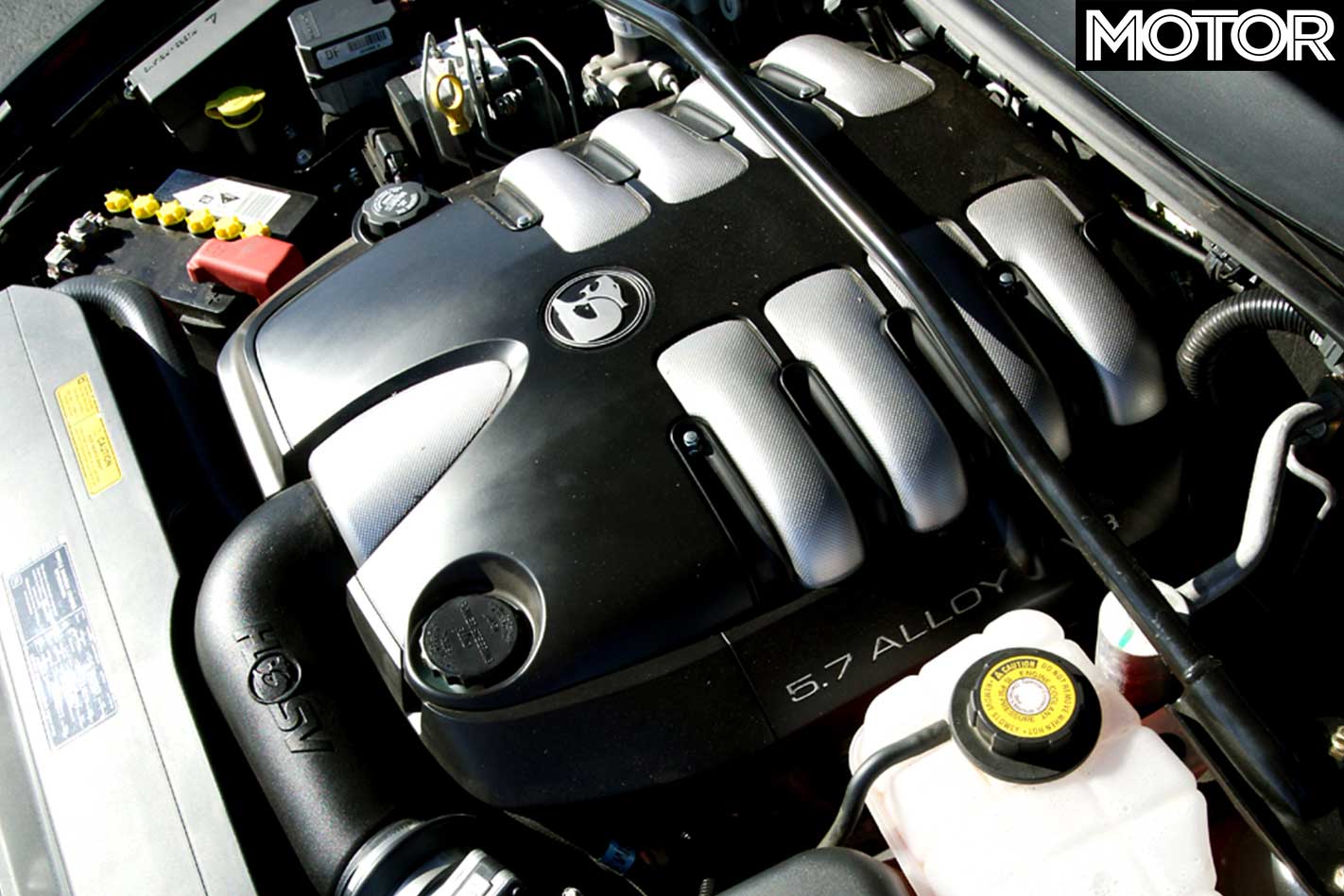
Of course, that can be a little more often than you anticipated thanks to the dreaded THM-700 slushbox doing its best to spoil the fun. Inconsistency is the name of the game, and picking up two gears on kickdown when one would have done is perhaps the tranny’s worst habit. It tends to slur its shifts, too, and backing off a tad to initiate an upshift doesn’t always coax it into action. That said, this particular ’box was not the worst one we’ve ever tried.
Doesn’t really matter, anyway, because the six-speed ’box in the Porsche is pretty much the behavioural opposite to the HSV’s. Want one gear, two gears or even three for overtaking? No problem – just squish the noise pedal the intuitive amount and that’s what you’ll get. For full manual override, there’s always the tiptronic mode.
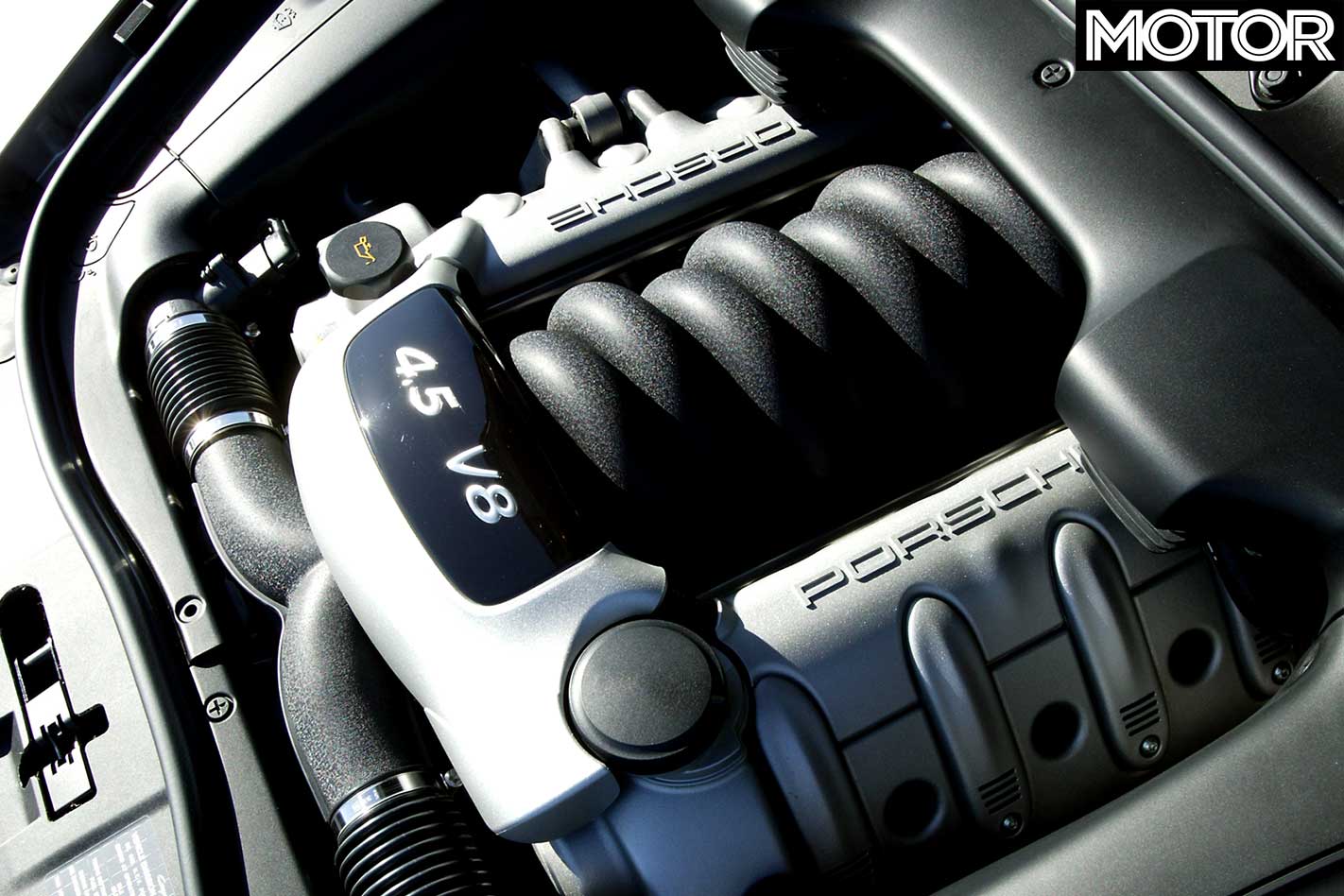
But just to prove that having a gear ratio for every on-road situation isn’t necessarily the end of any discussion, the HSV managed to roger the Cayenne at the drag strip. The best we managed for the Avalanche was a 15.1sec standing 400m at 152.7km/h, which isn’t blindingly quick but ain’t too bad considering the HSV weighs two tonnes. Neither is 7.11sec for the 0-100 dash too shabby.
That compares with the even porkier (2245kg) Porsche’s best of 15.4sec for the 400m at 150.0km/h and 7.75sec to 100km/h. Hauling it up at the other end was the Porsche’s strong suit, those big calipers and discs to match refusing to fade after repeated big stops.

Much has been made of the Avalanche’s stoppers, too, considering that a whole new design was called for to clear the bigger front hubs of the all-wheel drive system. And while HSV claims it performs up to the same standard as its Premium package, we managed to make the pedal go hard after half a dozen drag-strip stops.
Speaking of that four-wheel drive thing, neither car was identifiably driven from both ends in normal going. There was the odd ‘spradaaaannnggg’ and ‘boinggg’ from the front end of the HSV, but neither showed any sign of driveline stress or ill-effects through having both axles driven.
Unless, that is, you include the level of understeer you’ll get when you shove either car hard into a tight corner. The HSV is the worst offender, and while backing off the throttle will pull the nose in a little, we just couldn’t make the Avalanche oversteer.
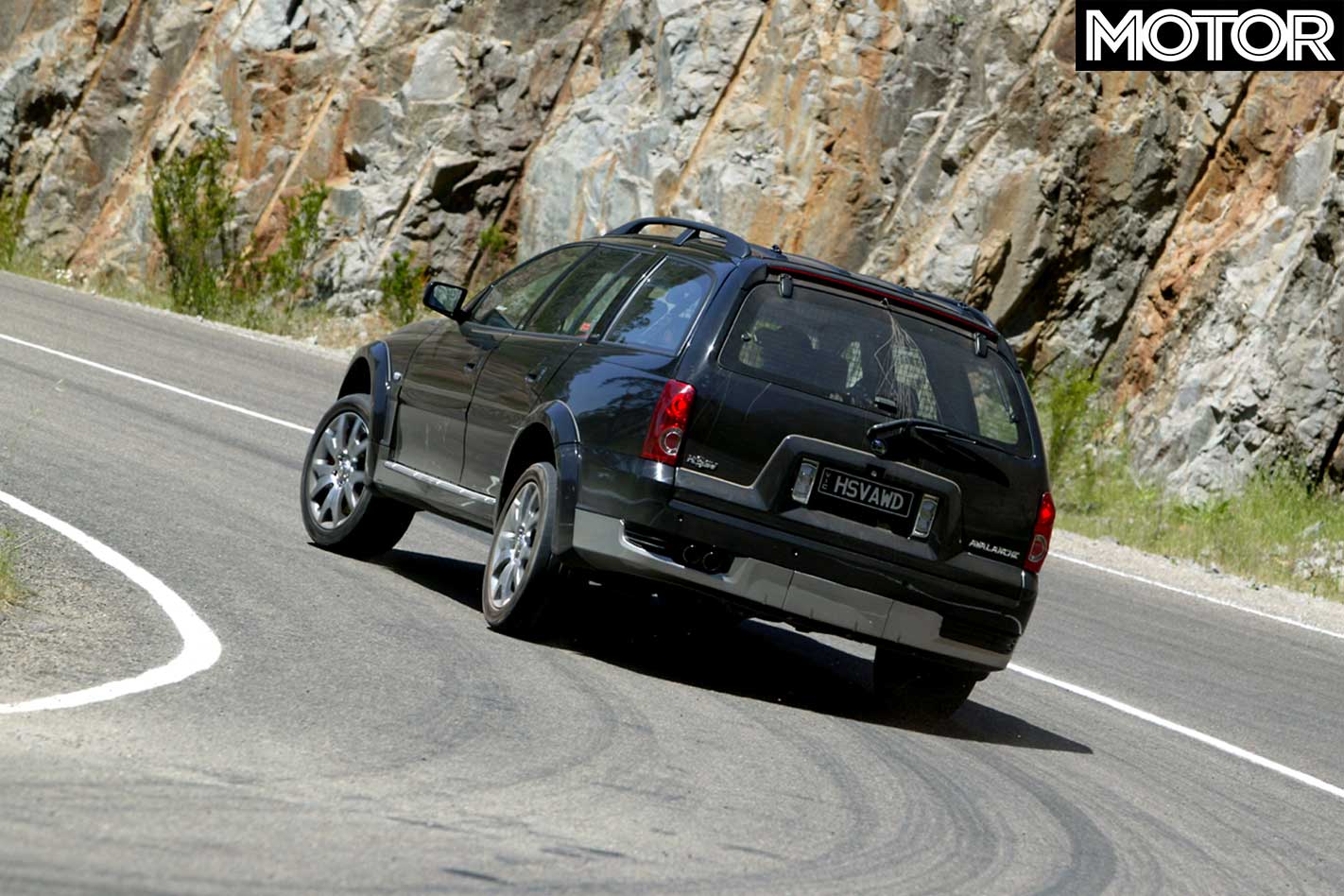
Try the same thing with the Cayenne, however, and you’ll get less plough in the first place, along with a decent swipe of oversteer if you get off the power sharpish. But unlike the HSV, the Porsche will actually answer commands from the tiller, even when you’re well and truly committed. In the HSV, you commit the car and then hope you’ve got it right. The German car gives you options.
In its defence, the softer set-up of the HSV gives it a better ride on indifferent surfaces. But jump from one straight into the other and it soon becomes evident that the Porsche is a more accurate, more confident steerer, with a lighter wheel and more feel than the HSV’s blunt-instrument demeanour. The Porsche also corners flatter and suffers less from weight transfer, despite having more weight.
On the dirt it’s pretty much the same story, with the tauter, more tactile nature of the Cayenne making it more fun, even if you feel the surface imperfections more often and in greater detail. The only catch with the Porsche is that you can’t turn the stability program completely off, so getting it big-time sideways on the gravel is a treat denied you.
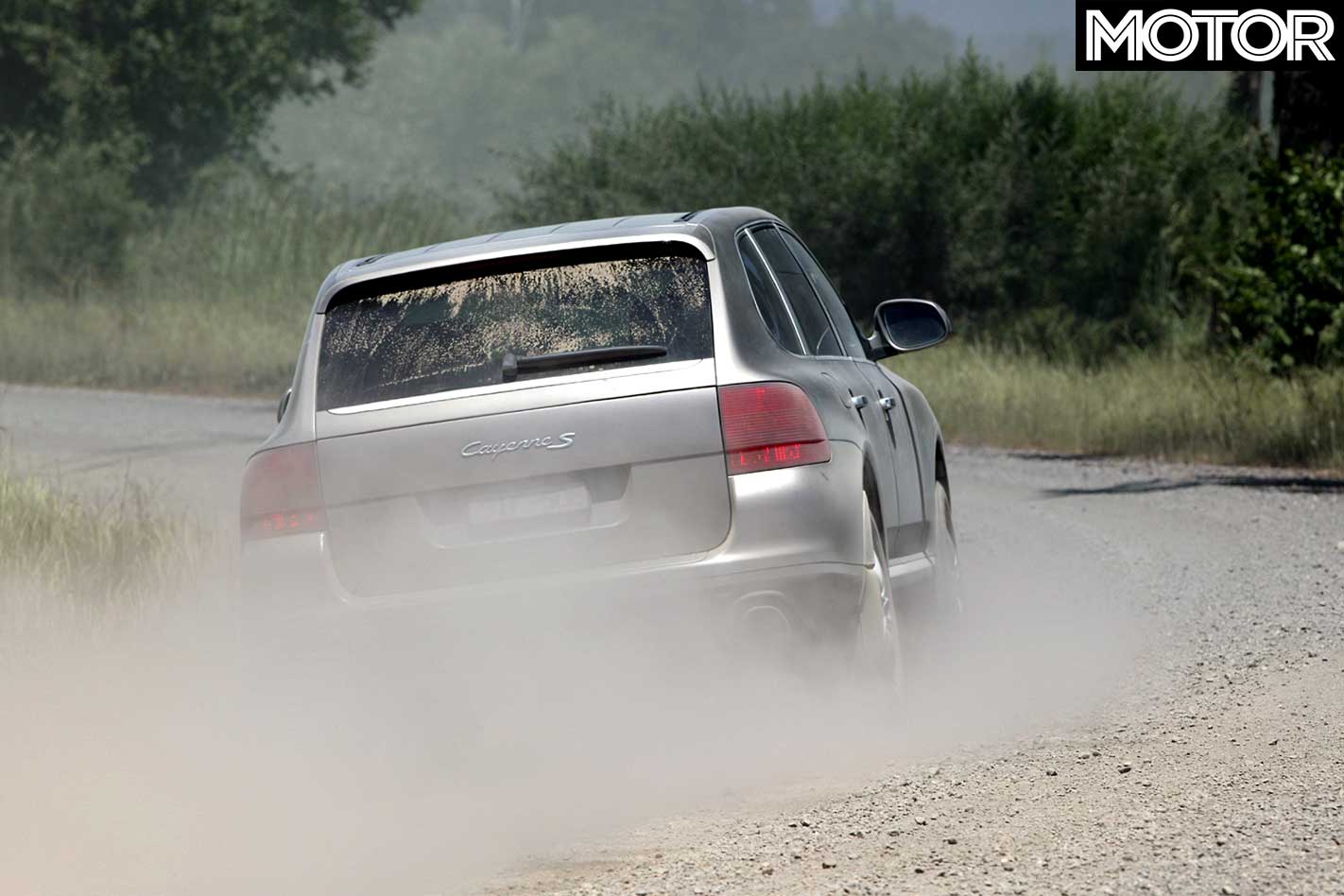
In either case you’ll pay a premium; in the HSV the loading is for the extra technology and in the Porsche it’s that all-important badge. Even so, at near enough to a neat $140,000 it’s an awful cheap way to step into a brand new Porsche, especially considering how much metal, rubber and plastic you’re actually getting.
The HSV is a bit harder to define with its list price of $73,990, plus $3800 for the six-stack DVD player, taking the on-road ask to well over 80 large. Okay, so the trim level is more Senator than ClubSport, but it’s still a lot of gold for something that won’t stay with HSV’s cheaper stuff in a straight line.
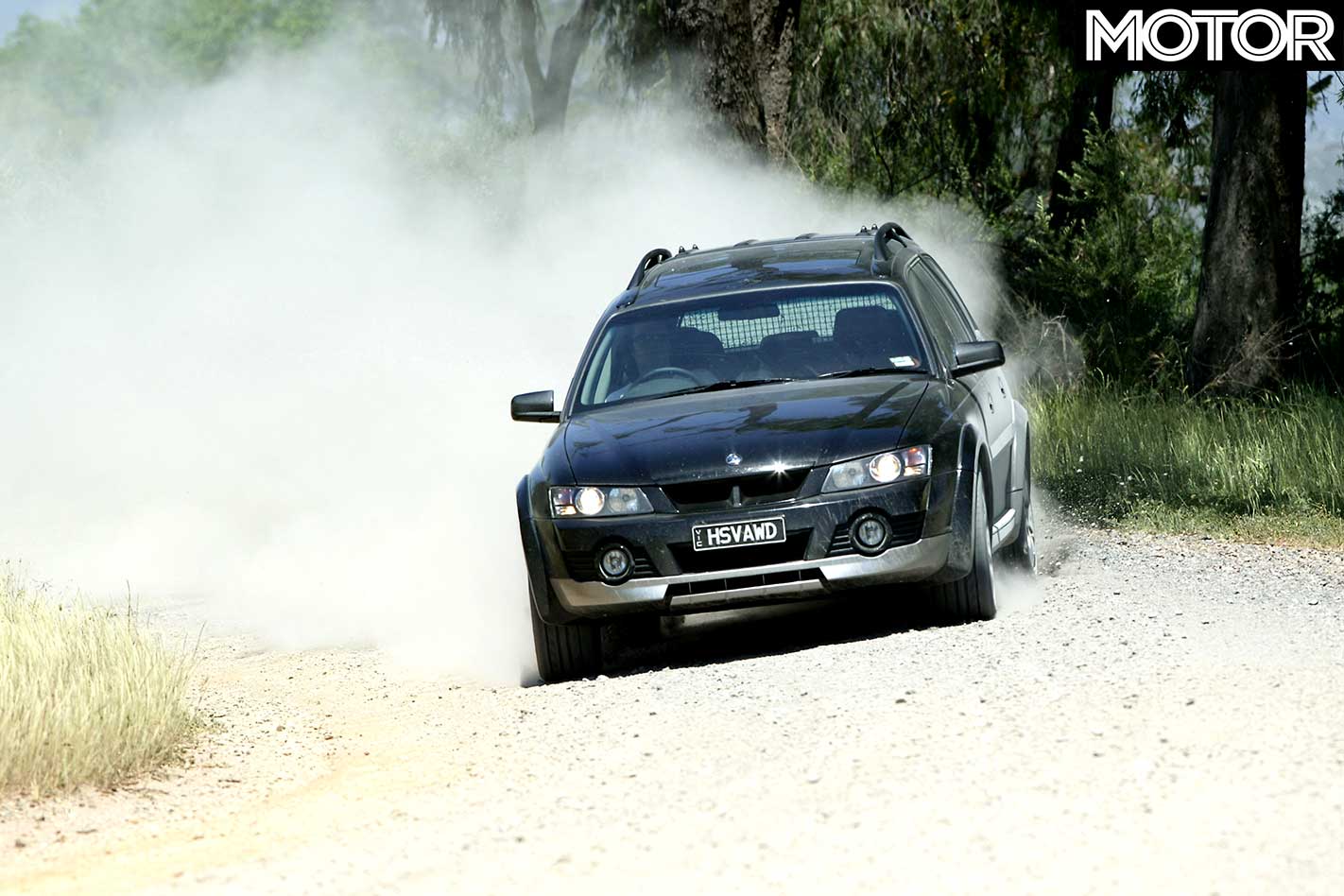
Me? I’ve walked away from another comparison where I wouldn’t actually shell out for either vehicle. I don’t get soft-roaders in the first place and, big V8 engines notwithstanding, I consistently seem to be missing something to the point of irritation.
Bit like me and Jim Carrey, really.
Fast Facts
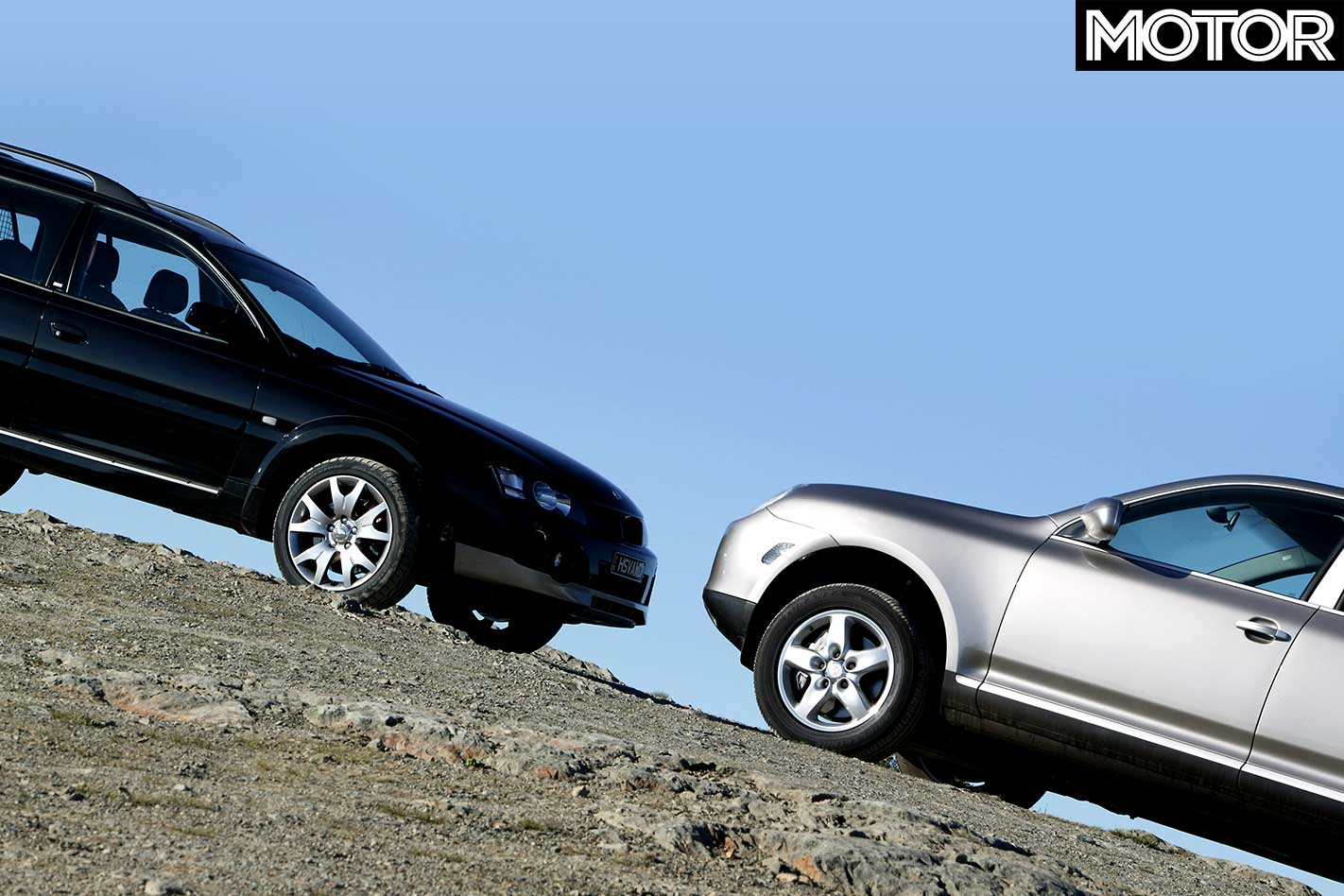
| u00a0 | HSV Avalanche | Porsche Cayenne S |
| Body | five-door wagon | |
| Drive | all-wheel | |
| Engine | 5.7-litre pushrod 16-valve V8 | 4.5-litreu00a0DOHC 32-valve V8 |
| Bore x Stroke | 99.0mm x 92.0mm | 93.0mm x 83.0mm |
| Compression | 10.0:1 | 11.5:1 |
| Power | 270kW @ 5700rpm | 250kW @ 6000rpm |
| Torque | 475Nm @ 4000rpm | 420Nm @ 2500-5500rpm |
| Transmission | four-speed automatic | six-speed automatic |
| Weight | 2026kg | 2245kg |
| Power/Weight | 133kW/tonne | 111kW/tonne |
| Suspension | MacPherson struts, coil springs, anti-roll bar (f); trailing arms with toe control links, anti-roll bar (r) | double wishbones, coil springs, anti-roll bar (f); multi-link, coil springs, anti-roll bar (r) |
| L/W/h | 5036/1934/1654mm | 4782/1928/1699mm |
| Wheelbase | 2948mm | 2855mm |
| Tracks | 1617mm (f); 1623mm (r) | 1647mm (f); 1662mm (r) |
| Brakes (f) | 336mm grooved & ventilated discs, two-piston calipers | 350mm ventilated discs, six-piston calipers |
| Brakes (r) | 315mm grooved & ventilated discs, single-piston calipers | 330mm ventilated discs, four-piston calipers |
| Wheels | 18 x 8.0-inch (f & r), alloy | |
| Tyres | Bridgestone Potenza S03, 245/45 R18 (f & r) | Pirelli, 255/55 R18 (f & r) |
| Price | $73,990 | $139,290 |
Fast Figures
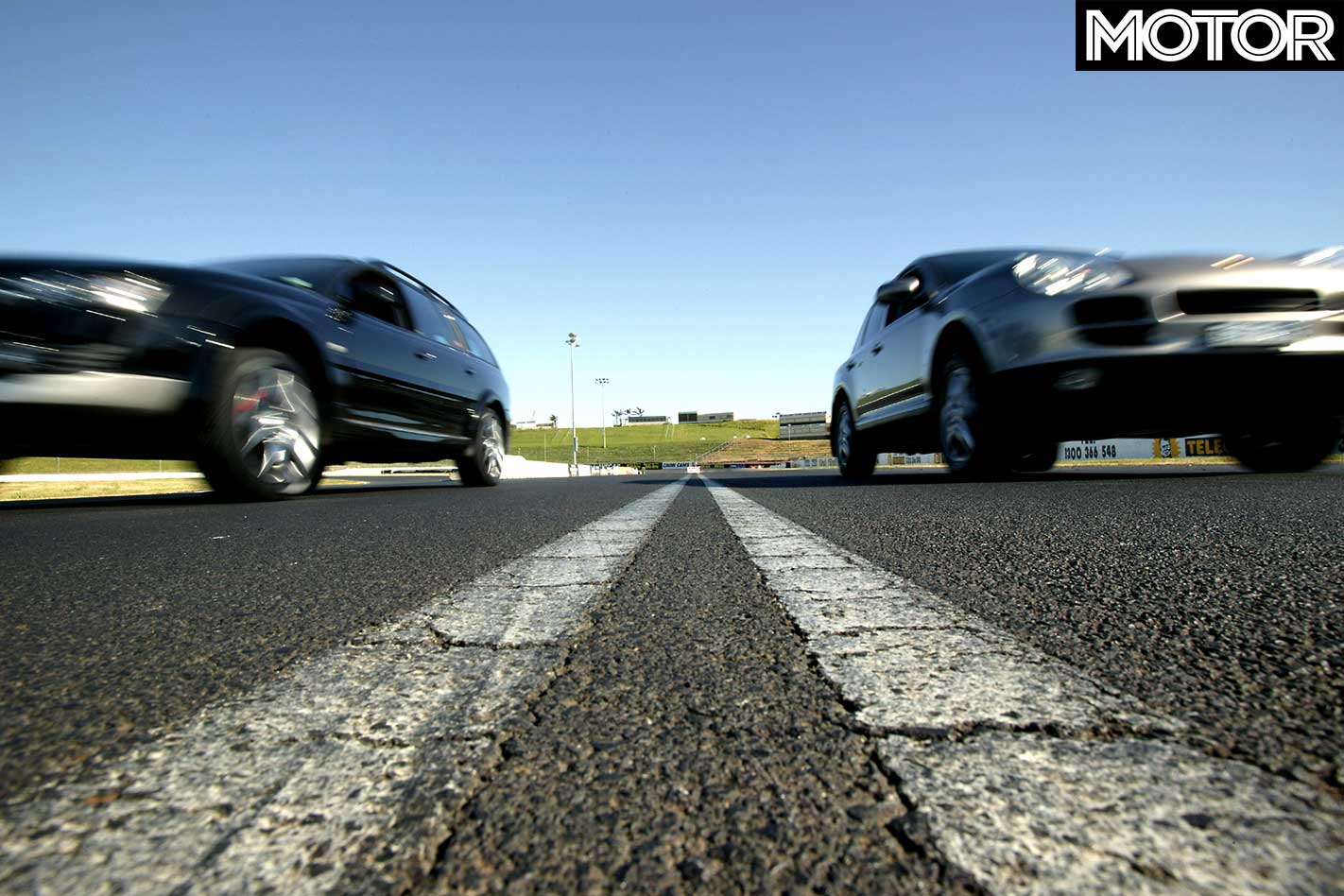
| u00a0 | HSV Avalanche | Porsche Cayenne S |
| 0-10km/h | 0.39sec | 0.32sec |
| 0-20km/h | 0.92sec | 0.81sec |
| 0-30km/h | 1.59sec | 1.44sec |
| 0-40km/h | 2.24sec | 1.98sec |
| 0-50km/h | 2.91sec | 2.62sec |
| 0-60km/h | 3.58sec | 3.45sec |
| 0-70km/h | 4.25sec | 4.38sec |
| 0-80km/h | 4.98sec | 5.25sec |
| 0-90km/h | 6.03sec | 6.43sec |
| 0-100km/h | 7.11sec | 7.75sec |
| 0-110km/h | 8.31sec | 8.95sec |
| 0-120km/h | 9.47sec | 10.28sec |
| 0-130km/h | 10.77sec | 11.56sec |
| 0-400m | 15.09sec @ 152.7 km/h | 15.37sec @ 150.0 km/h |
Numbers of the beast
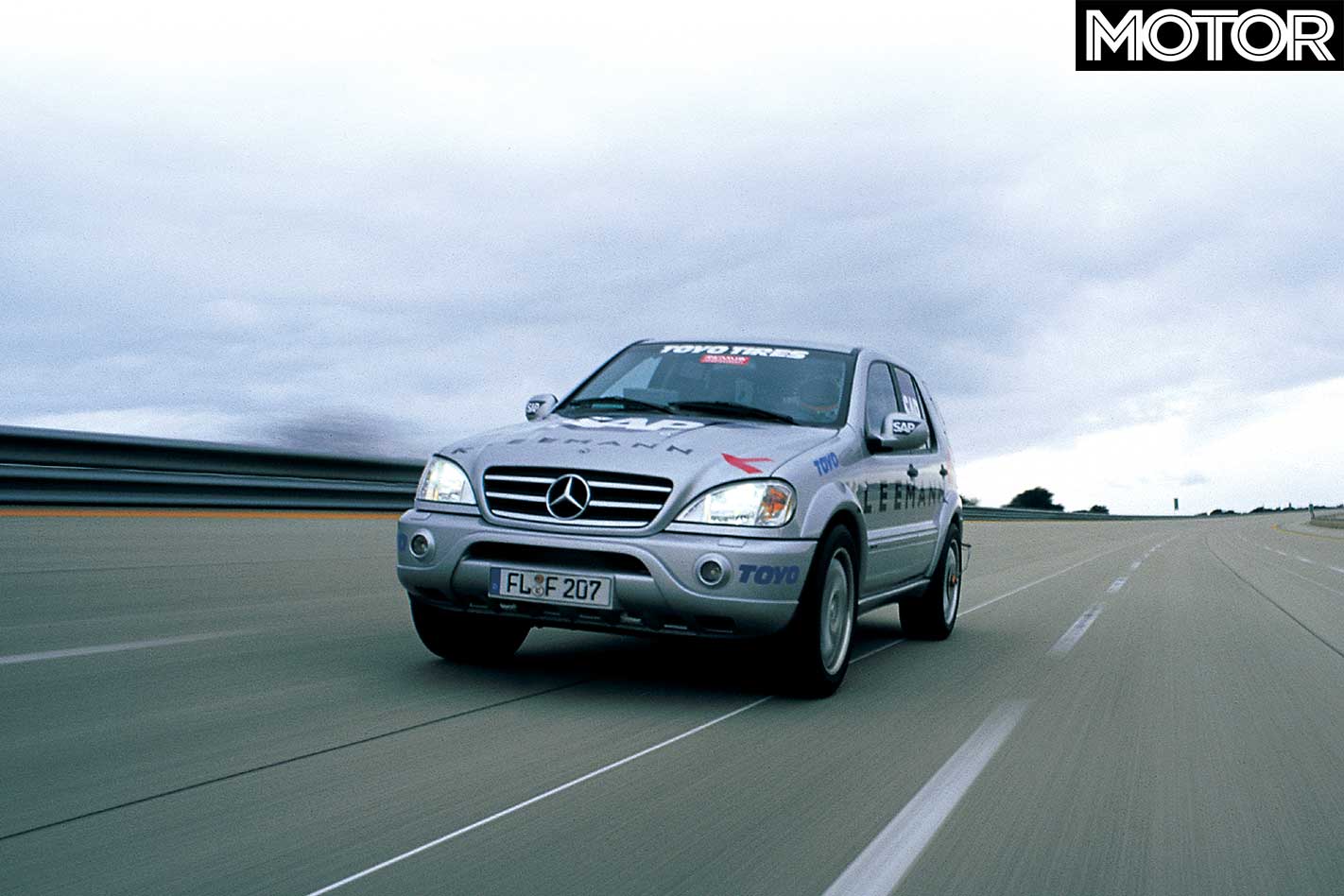
These trucks a bit limp-wristed for your tastes? Need to do some really quick bush-bashing? Well, this here Kleemann-modified Mercedes-Benz ML55 clocked an eye-popping 282km/h at the Nardo Prototipo Ring in northern Italy in early 2003.
Piloted by Danish touring car champion Jason Watt, the Kleemann ML55K easily eclipsed the 266km/h set by a Porsche Cayenne Turbo.
The 453kW, 750Nm, 2400kg beast also posted some blistering acceleration numbers. It cracked 100 kays in just 4.9sec and 200km/h in 18.9sec. The standing quarter mile disappeared in 12.9sec with a 176km/h terminal speed.
Kleemann, a Danish tuning company similar to Brabus, is no stranger to speed records. A Kleemann E55 was clocked at 338km/h in 2002.

